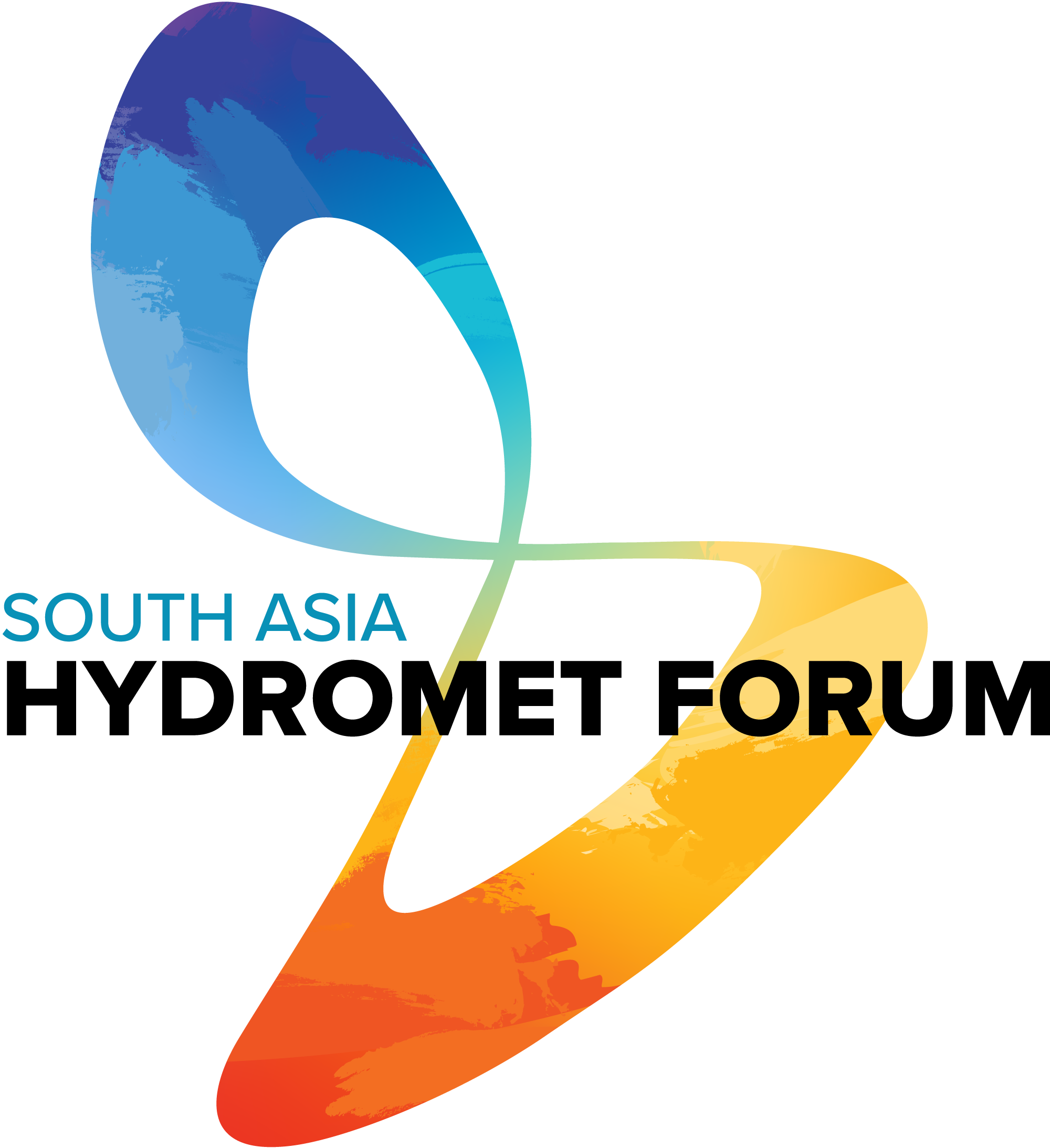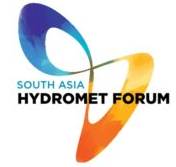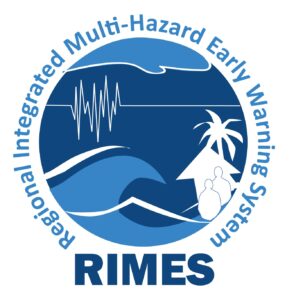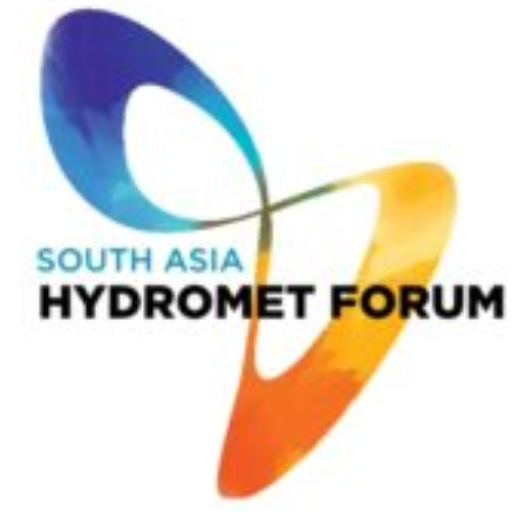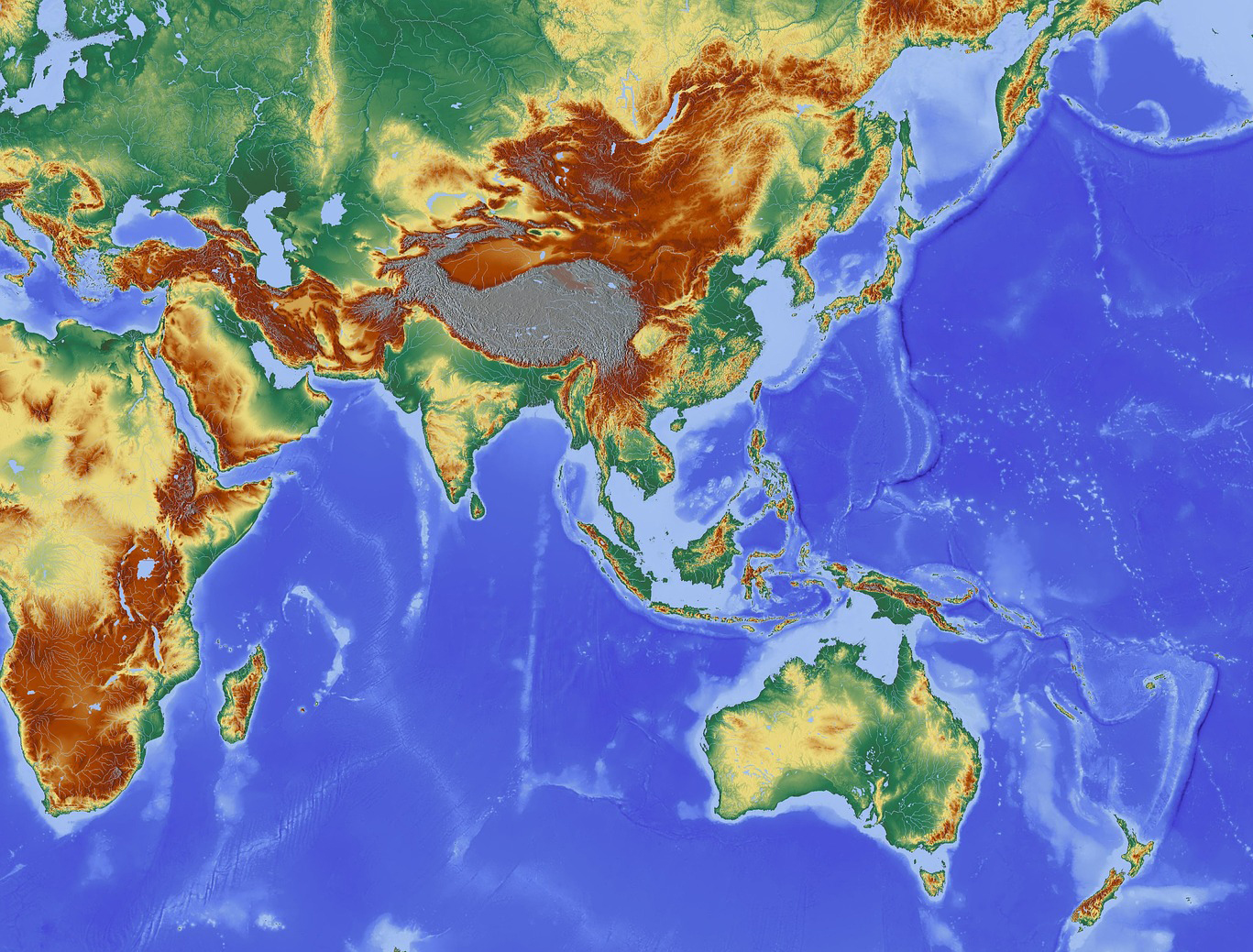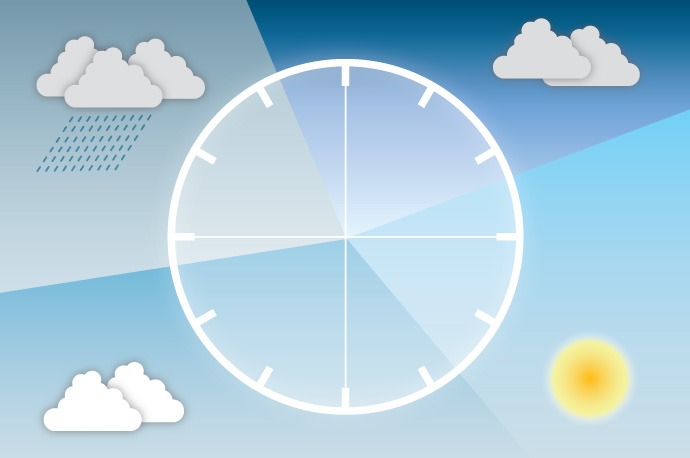
Webinar 1(Numerical Weather Prediction): Future Directions for Operational NWP in South Asia
Date
August 17
2021
Time
14:00-15:15
(UTC +7 hrs)
Venue
Virtual (Zoom Platform)
Predictions of weather and climate are increasingly critical for decision making across a wide range of sectors and timescales. Modern services are highly dependent on numerical weather prediction. Most advanced global production centers like ECMWF and other designated World Meteorological Centre (WMCs) provide free access to high resolution deterministic NWP, Ensemble Prediction System (EPS) / probabilistic forecasts and long-range forecasts. Given the rapid advances in NWP in these advanced centers, a regional NWP/EPS approach is needed to position all the countries in South Asia to take full advantage of the rapidly evolving technologies. Such an approach needs to be developed with the aim of operationally linking global centers, regional centers and NMHS to assimilate state-of-the-art NWP products. The webinar focuses on these aspects and sets a background for further discussions within SAHF WGs and the EC to enable develop regional strategy for capacity development in operational NWP.
Category: SAHF Webinars

Speaker
Dr. P. Mukhopadhyay
Scientist F, Indian Institute of Tropical Meteorology, Pune
Dr. Parthasarathi Mukhopadyay serves as Scientist F at the Indian Institute of Tropical Meteorology, Pune, India. His research work spans cloud microphysics and its influence on monsoon, predictability of weather in high resolution model and convective parameterization in numerical model. His expertise includes high resolution GCM and mesoscale modelling of monsoon, heavy precipitation events and thunderstorms. In the past, he has been a visiting scientist in JPL, Caltech, NASA, USA and now extensively works with IITM, Pune. He has been awarded the Certificate of Merit Award by Ministry of Earth Sciences, Govt. of India for outstanding contribution in the field of Atmospheric Science and Technology.
The talk emphasizes on the need to develop Numerical Weather Prediction Systems as a reliable predictor of extreme weather events. The presentation outlines the importance of ensemble systems, how the system can be used for probabilistic forecasts and how to improve
forecast lead time in utilization for mitigation and prevention of extreme weather event. Brief insight about the status of Ensemble Prediction Systems(EPS) in India, components of the GFS/GEFS(T1534) and its application is provided. Significant and relevant case studies on: Super Cyclone Amphan, Cyclonic Storm Burevi, Cyclone Bulbul, the Kerala Deluge August 2018 and 2019are detailed in the talk.
Cooperation of NMHSs in pooling resources like computing resources for improving forecasts
For effective handling of disasters there is a need for improving lead time of forecasts.
Acknowledging the uncertainties of forecasts and usefulness of utilizing ensemble systems.
Roadmap to utilization of ensemble system in the SA region should be prepared
The requirement of simpler models with better understanding of the physics behind the phenomenon would improve forecasts
The KUM Approach- Knowledge, Understanding and Modelling
Ensemble systems are effective to understand the uncertainty of predictions
Datasets from GEFS T1534 is accessible and available for regional NMHS for post processing of specific product generation at local level
GEFS datasets can be used to run WRF model at higher resolution along with data assimilation
GEFS datasets have been used for fog prediction over North India
False alarms and misses reduce sustainability in ensemble systems
Agenda
Program
RIMES Team
Time
Welcome Remarks and Introduction of The Speaker
RIMES Team
10
Future Directions for Operational NWP in South Asia
Dr. P. Mukhopadhyay
45
Question & Answer (Moderated session)
RIMES Team
35
Webinar 1 Objectives
Build capacity to understand the theory and practice behaind Numerical Weather Prediction.
Learn and consult with experts in the region and outside for developing working papers that takes into account the priority needs and long terms needs of SAHF member countries.
Participants
SAHF Executive Council Members and members of the four working groups.
Members from National Meteorological and Hydrological Services’ of SAHF members
Technical Specification
Zoom is used as the webinar platform. Participants have the opportunity to ask questions and make comments using the chat function.
RIMES Team

Dr. G Srinivasan

Dr. K.J.Ramesh

Dr. Anshul Agarwal

Dr. Itesh Dash

Mr. Tshencho Dorji

